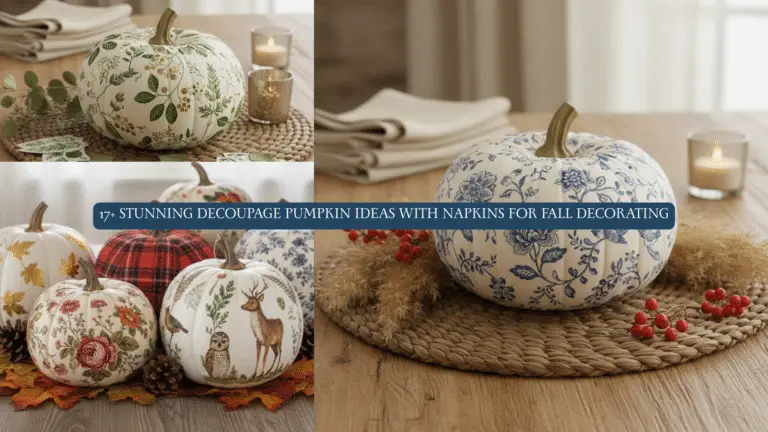
Table of Contents
Once you’ve established the main colour scheme for a room, adding an accent colour can elevate the space to an entirely new level. A well-chosen accent colour can draw the eye, highlight architectural features, or simply introduce an element of surprise—an often overlooked quality in interior design.
As paint expert and interior designer Edward Bulmer puts it, “Rooms need accent colours like operas need arias!” Even a small dose of a vibrant or contrasting hue can bring spirit and interest to a room.
Why Use Accent Colours?
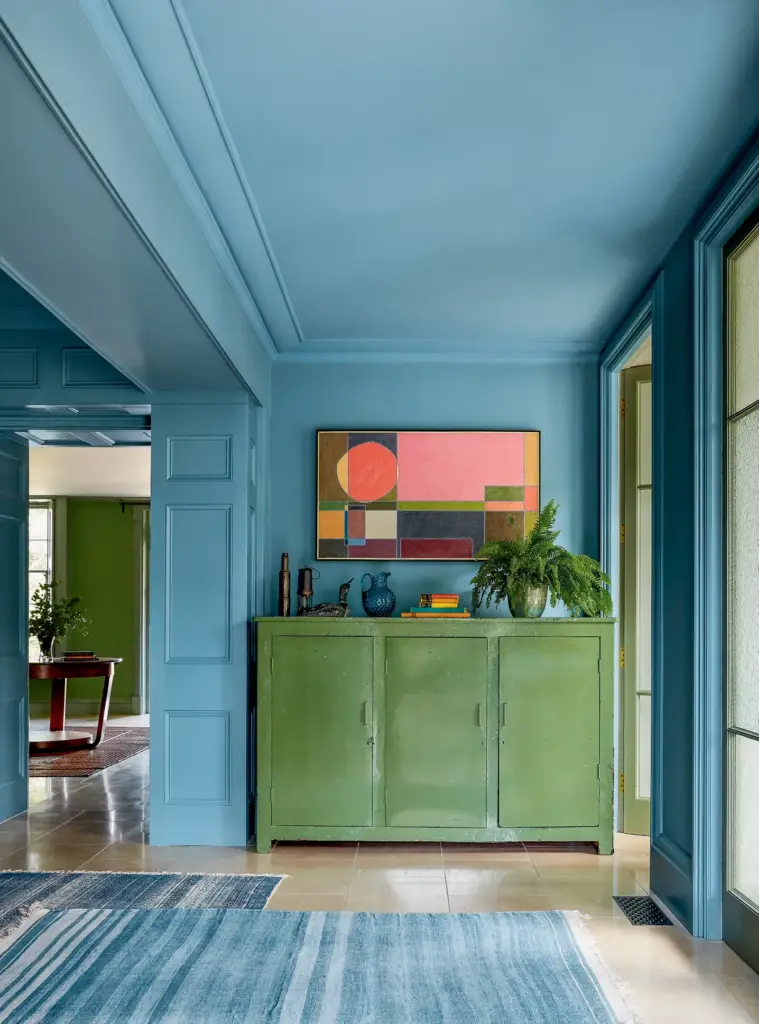
Accent colours play a crucial role in enhancing the overall design of a space. They can:
- Create Focal Points: Direct attention to specific areas, such as artwork, furniture, or architectural details.
- Add Warmth or Coolness: Balance the primary colour scheme by introducing complementary tones.
- Enhance Architectural Details: Highlight trim, skirting boards, or architraves.
- Inject Playfulness: Transform traditional spaces into contemporary and lively rooms.
Interior designer Sarah Peake of Studio Peake notes that “a little pop of colour or a dash of the unexpected can turn an otherwise traditional room into something more contemporary and playful.”
How to Choose an Accent Colour
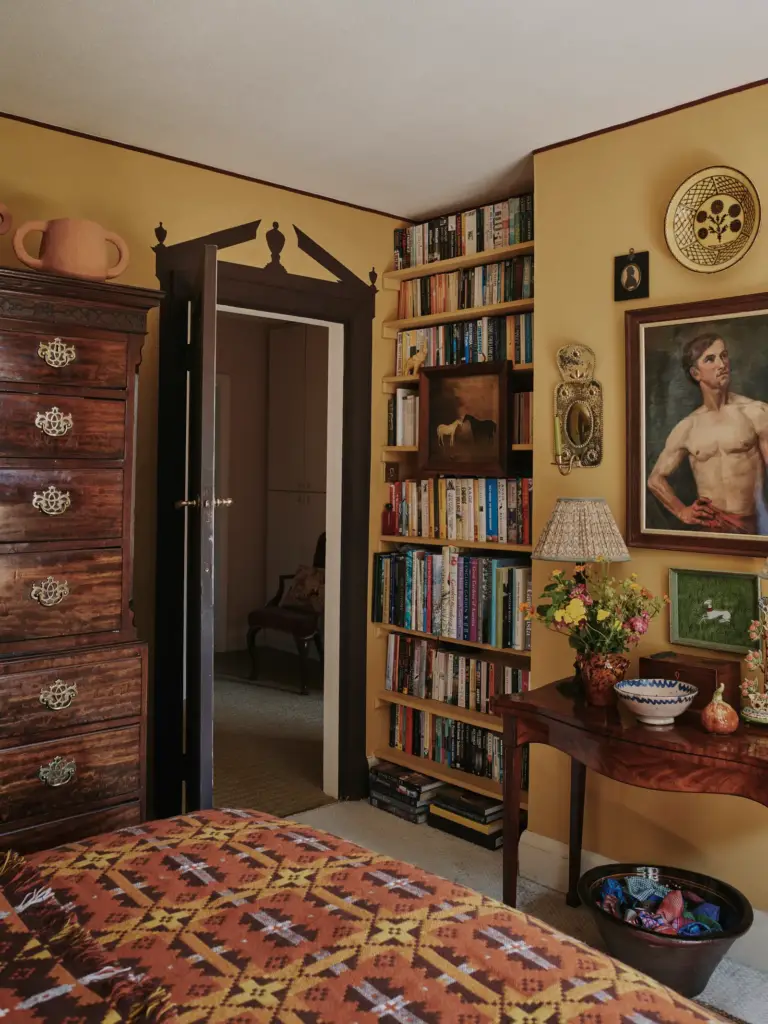
1. Start with the Colour Wheel
One of the simplest ways to choose an accent colour is to refer to a colour wheel. Complementary colours, found opposite each other on the wheel, naturally create contrast and visual interest. For instance, a cool blue room can benefit from a splash of warm orange or amber.
2. Draw Inspiration from Existing Elements
Look at the artwork, textiles, or patterns already present in the room. Picking a colour from these elements ensures a cohesive and harmonious design. As interior designer Olivia Outred suggests, “linking furniture to nearby artwork” can create a visually pleasing connection.
3. Go Bold with Primary Colours
Red and yellow are popular choices for accent colours. They can add a cheerful or contemporary vibe to any space. TikTok’s famous advice about the “unexpected touch of red” is surprisingly effective—red can create a striking contrast, while yellow, especially in highlighter shades, can be playful and modern.
4. Experiment with Tonal Variations
Instead of opting for complementary colours, consider using deeper tones of the main colour. For instance, pairing light blue walls with navy trim can add depth and sophistication.
Where to Incorporate Accent Colours
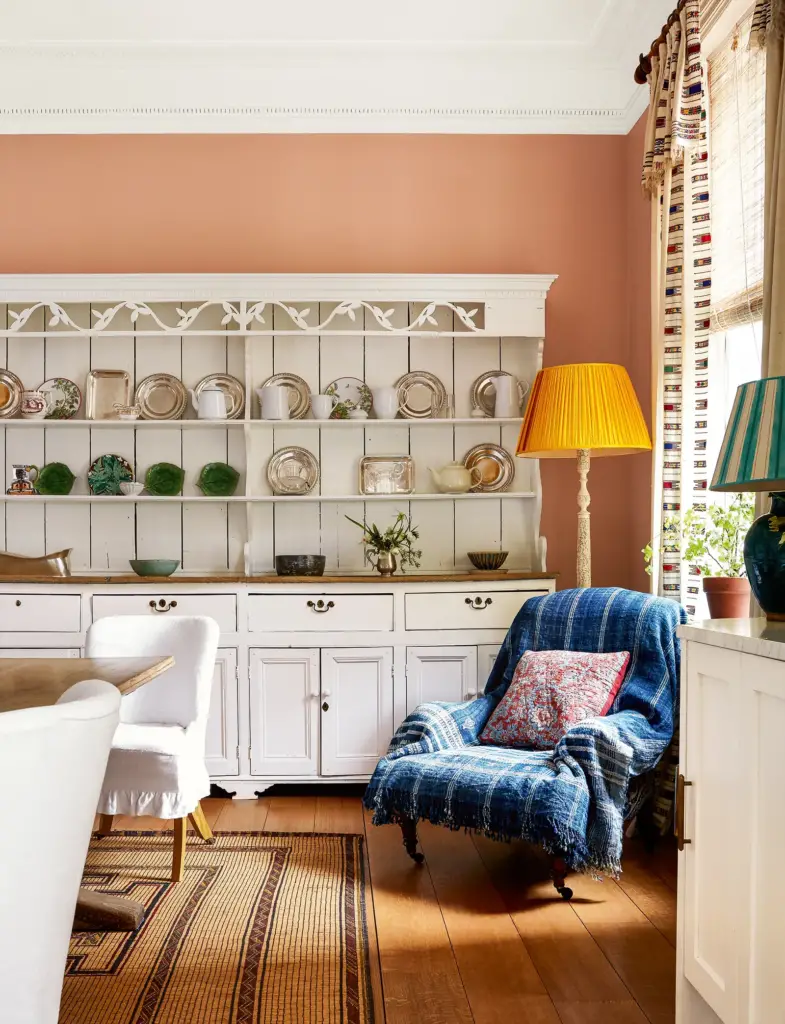
Paint
Painting trim, window frames, skirting boards, stair treads, or even ceilings can provide excellent opportunities for accent colours. Interior designer Patrick recommends painting the interiors of bookcases or cabinets in a bold colour for a surprising pop.
Textiles and Upholstery
Lampshades, cushions, rugs, and curtains are less permanent ways to introduce accent colours. Trims and tassels can also be effective additions.
Artwork and Decorative Pieces
Choose artwork with vibrant hues or curate objects that match your chosen accent colour. A thoughtfully selected piece can tie the entire room together.
Furniture
Accent-coloured furniture, such as side tables or upholstered chairs, can make a bold statement. Patrick dreams of “chrome yellow full gloss side tables in an otherwise muted living space.”
Proportions and Balance
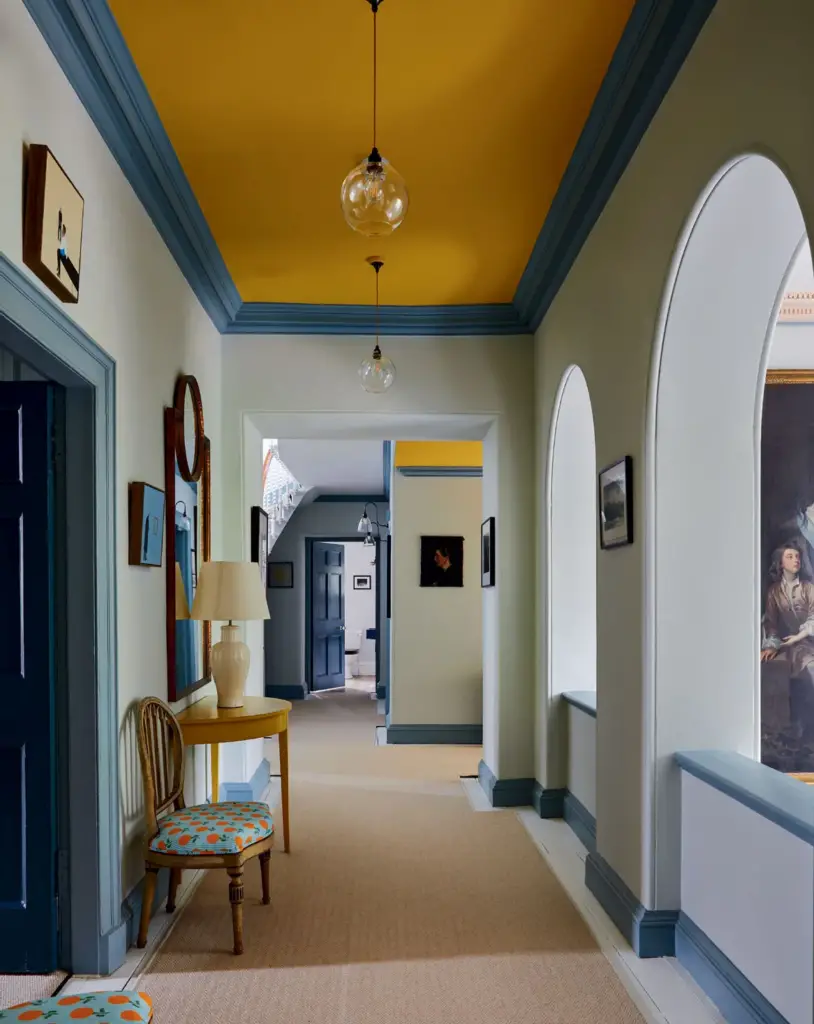
A common guideline is the 60-30-10 rule:
- 60% primary colour
- 30% secondary colour
- 10% accent colour
This rule isn’t set in stone, but it’s a helpful starting point. Betsy Smith, a colour consultant for Graphenstone, suggests that this balance ensures the accent colour has a noticeable impact without overwhelming the space.
SOme Tips
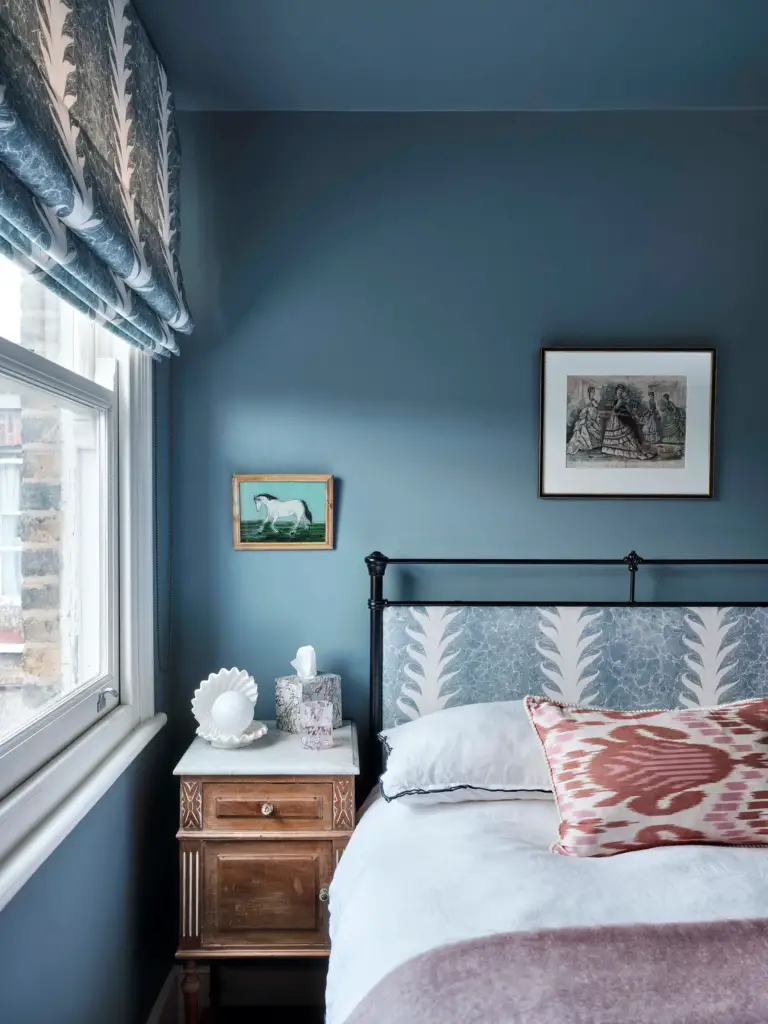
- Don’t be afraid to experiment. As Patrick advises, “Don’t be too shy with your accent, the clue is in the name!”
- Think of accent colours as joyful surprises that bring life to your space.
- Have fun with your choices—decorating is an art, not a science.
By thoughtfully incorporating accent colours, you can transform your rooms into vibrant, engaging spaces that reflect your personality and design sensibility. So go ahead, pick that unexpected hue and let your creativity shine!
